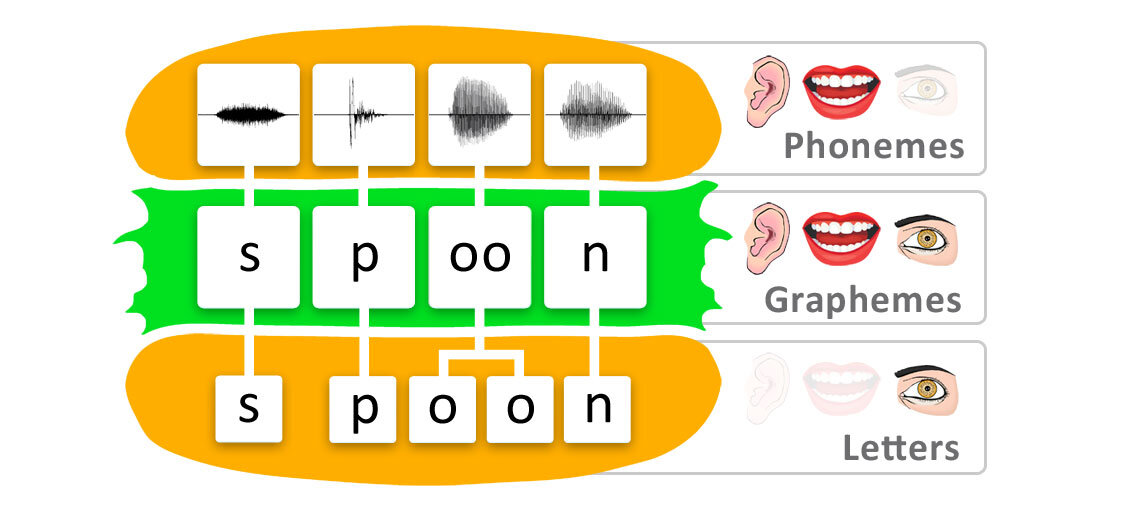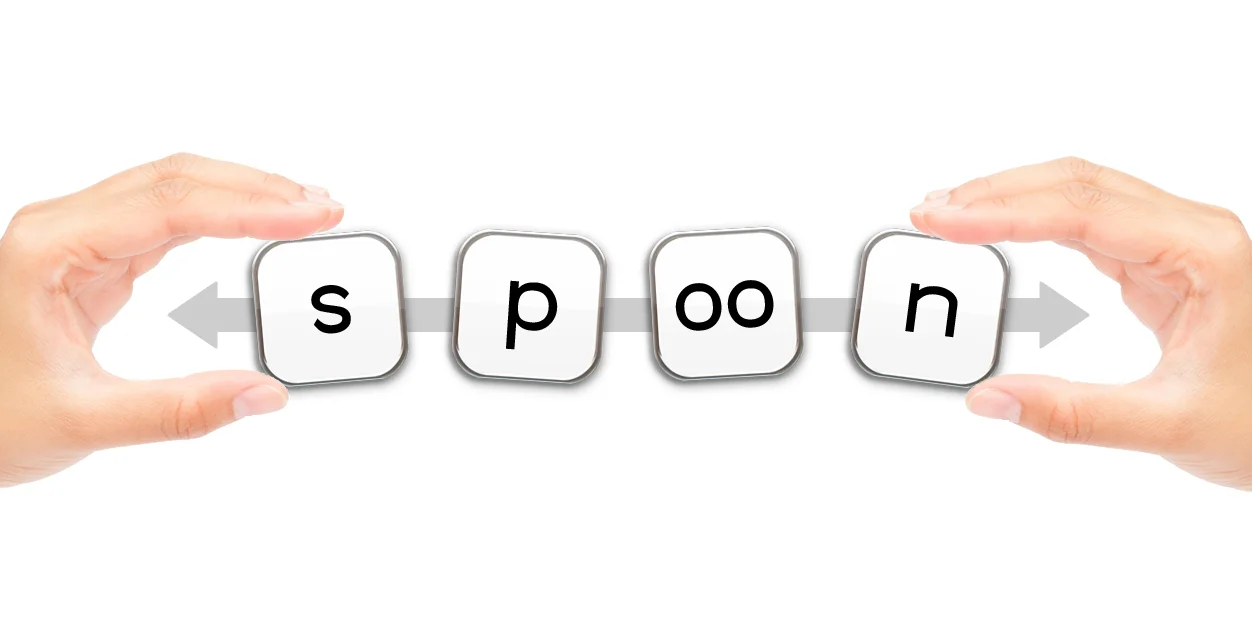What is synthetic phonics?
Synthetic phonics is a method of teaching children to read that is based on decades of research into reading acquisition. Synthetic phonics teaching involves teaching children about written language in an explicit, systematic and hierarchical way. Research suggests that unlike learning to speak and understand language, learning to read is not a natural process, so children learn best when they are shown how written language works.
Rather than exposing students to a variety of words and relying on a student's ability to remember them, patterns in words are introduced gradually and taught thoroughly, with simpler, more common patterns taught first and more complex, less frequent patterns introduced when easier skills are mastered.
Students are initially taught the speech sounds that letters and groups of letters represent in written language. These visual representations of the speech sounds in language are called 'graphemes'. Graphemes are taught in a logical sequence, with more common, single letter-sound patterns taught first (such as c in cat and e in egg) , followed by multiple letter graphemes (such as the ch in cheese or the igh in light). To learn about what graphemes are as well as the difference between graphemes, speech sounds (phonemes) and letters, it may be useful to use our 'Word Burger' analogy (click on the image to see an explanation):
What is the difference between phonemes, graphemes and letters? A hamburger analogy can help! Feel free to share this infographic by using the share buttons on the left of this page. You can also download it here. We hope it is useful!
A synthetic phonics approach to the teaching of reading involves teaching students to apply their knowledge of graphemes to say the speech sounds that letters represent in words. Students say the speech sounds all the way through a new word, from left to right, when reading. Students are taught to 'blend' (or join) speech sounds together to read new words, even if they are unfamiliar to the student. This process is called 'decoding'. Decoding skills enable the student to be able to read unfamiliar words independently. For more information about blending and decoding skills. For more information, please click on the following sections:
Blending, or the ability to join speech sounds together to make words, is a crucial phonemic awareness skill that helps students to read unfamiliar words.
So, a synthetic phonics approach facilitates 'self-teaching' through decoding new words rather than relying on pictures, guessing or having an adult read the word. Synthetic phonics empowers children to be able to read new words by themselves. As new words become more familiar, the student no longer needs to decode them and instead they are recognised instantly. In this way, students gradually develop reading fluency: the ability to read quickly and with a natural sounding rhythm and intonation.
A synthetic phonics approach also involves explicitly teaching children to break words up into their separate speech sounds. This skill, called 'segmentation', is then used to help students to learn how to spell words because they can use their knowledge of graphemes to 'encode' words. You can read more about segmentation by clicking this link:
Segmentation, or the ability to split words up into their separate speech sounds, is a crucial phonemic awareness skill. Segmentation helps students to develop spelling skills.
In addition, a synthetic phonics approach involves teaching children to recognise a core set of highly frequent words called 'sight words', many of which are constructed from unusual letter patterns and are not easily read through applying letter-sound knowledge (words such as who, said and there are examples). You can find out more about sight words by clicking this link:
Research suggests that in addition to being taught to decode, students should be explicitly taught to recognise common words, especially those with irregular spellings.





